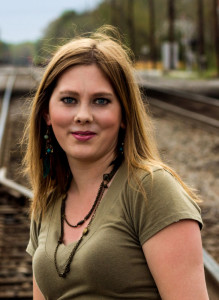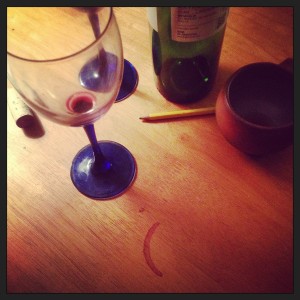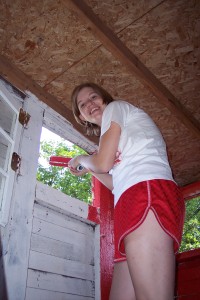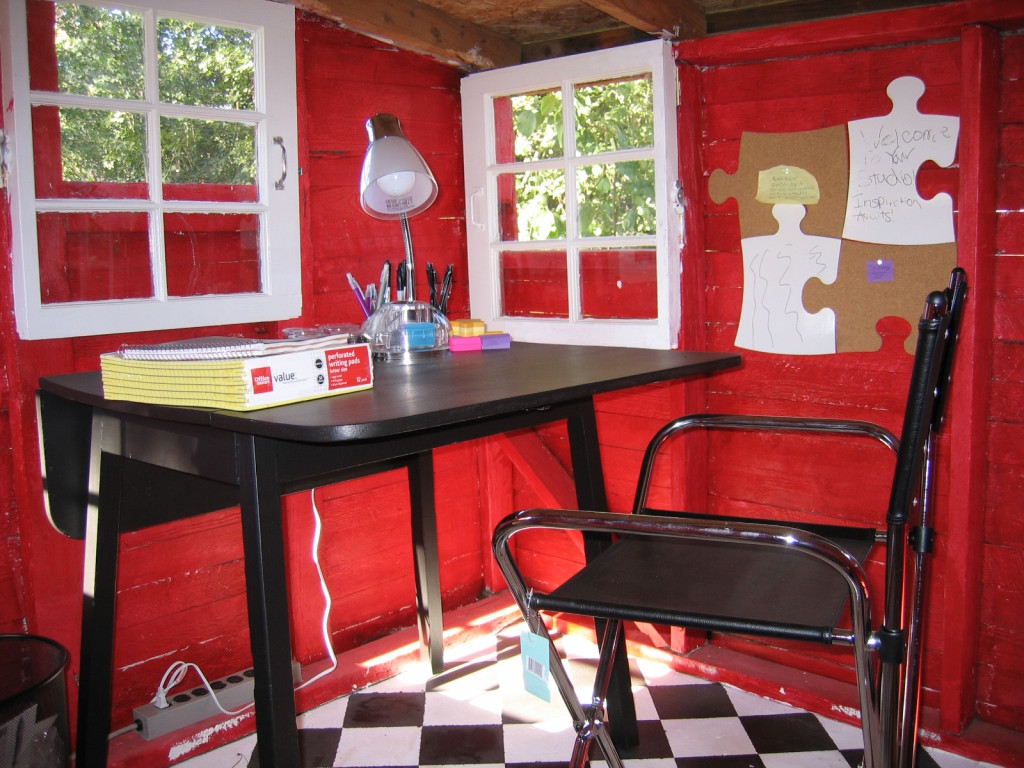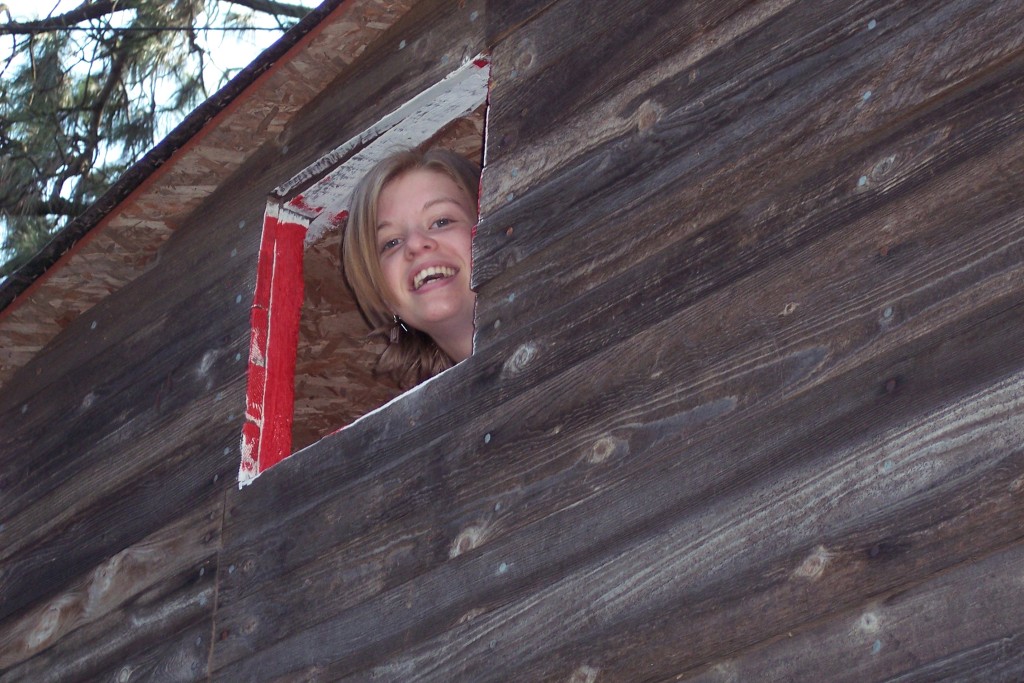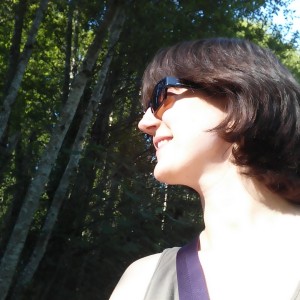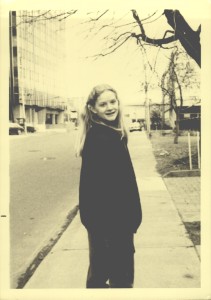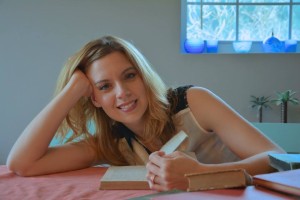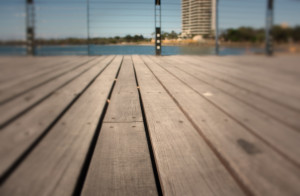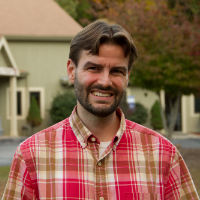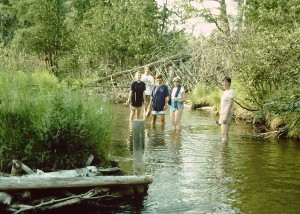It was the smell of old paper. Of dust and must, history and mystery.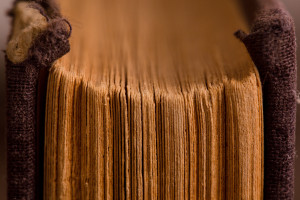
Where did these books come from? What journey had they been on to end up piled high on the table, just waiting for me to stop by on a Saturday morning and add them to my bag?
We wandered the tables, my dad and I, used books piled high. There was nothing like enduring to the end of the sale, claiming the prize of an all-you-can-fill bag for $2. The books we sought were the kind that you open and smell, inhaling the knowledge and wisdom resting in their dusty binding. They were books that, upon grabbing, you first turn to the front, looking for the published date, buying it if the year was before 1920, even if you had no intention of reading it. I loved the feel of the old cloth-bound covers. I grew up with my dad always asking ‘are your hands clean?’ before we touched the very new or very old books. Books were a treasure, a cheap vice, and we were rich.
There was nothing I liked better than curling up on the couch with my purchases. The out-of-print Landmark and 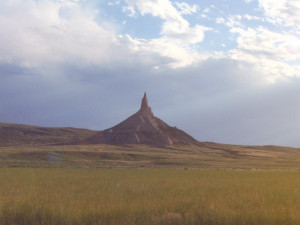 Signature books were the most treasured. I learned about everything from my piles of pages. I know where the Catskill Mountains are and what spelunking is from Trixie Belden. Thanks to her, I still have an inexperienced fear of tight spaces in caves. I learned what Geiger counters were from the Hardy Boys, and I know ‘misle’ isn’t a word from Encyclopedia Brown. I’ve loved pieces of furniture with secret spots and unfolding parts, ever since I first read about Jefferson’s writing desk. I crossed the ocean countless times with Pilgrim Stories, cheered the defeat of Custer, mourned the death of Pocahontas over and over again, and I still think Jo and Laurie should have gotten married.
Signature books were the most treasured. I learned about everything from my piles of pages. I know where the Catskill Mountains are and what spelunking is from Trixie Belden. Thanks to her, I still have an inexperienced fear of tight spaces in caves. I learned what Geiger counters were from the Hardy Boys, and I know ‘misle’ isn’t a word from Encyclopedia Brown. I’ve loved pieces of furniture with secret spots and unfolding parts, ever since I first read about Jefferson’s writing desk. I crossed the ocean countless times with Pilgrim Stories, cheered the defeat of Custer, mourned the death of Pocahontas over and over again, and I still think Jo and Laurie should have gotten married.
As I aged, my tastes changed, and I read more mature works, even if they were beyond me. I read The Great Gatsby in high school and didn’t understand it. It took me 6 months to read Gone With The Wind, and I only read one chapter of Crime and Punishment in 8th grade before giving up. Yet, I kept trying. I read The Stranger in college, most of it going over my head, but relived my love of the prairie with O Pioneers. I constantly wanted to be exposed to new people, new ideas. I wanted to live all the lives unavailable to me.
 My love for reading meant I was present at so many historical events, and it’s utterly embarrassing how many of these events occurred under the category ‘Christian Historical Fiction’. The Battle of Shiloh with a side of Jesus, right down the fiction aisle, shelf ‘Morris’. But the Battle of Gettysburg was more impressive because I began when Abe was formed by splitting rails. I rode the length of the Pony Express. I traveled the Oregon Trail more times than I can count, not dying of dysentery once. I visited Fort Laramie and the Platte River as an adult and thanks to all of those prairie romances it was more than crumbling concrete and a calm, thin slice of water for me.
My love for reading meant I was present at so many historical events, and it’s utterly embarrassing how many of these events occurred under the category ‘Christian Historical Fiction’. The Battle of Shiloh with a side of Jesus, right down the fiction aisle, shelf ‘Morris’. But the Battle of Gettysburg was more impressive because I began when Abe was formed by splitting rails. I rode the length of the Pony Express. I traveled the Oregon Trail more times than I can count, not dying of dysentery once. I visited Fort Laramie and the Platte River as an adult and thanks to all of those prairie romances it was more than crumbling concrete and a calm, thin slice of water for me.
These are cornerstones of American mythology, and walking through the Oregon Trail cemetery on Rt. 92 reminded me that myth is rooted in fact. These people, their histories, and their experiences are all true even if learned about in fiction. They formed me as I grew.
Reading filled me with a sense of independence and grit. If kids can hide themselves in heavy kettles in King Phillip’s War, surely I can mop a floor without complaining. I remember saying things to myself like, “if Laura and Mary were here, what would they do?”. If Laura could clean the house and air out the tick mattresses while Ma was gone, then I could move a bookshelf by myself, hole in the plaster wall be damned. If people ask me to help them with something I think should be a solo job, I want to yell “if you lived on the prairie, you might not have anyone to help you!” But I resist the urge. Usually.
So, if you decide to stop by your annual book sale, and you grab a book off the table for a dime, just be aware that while you might think it’s just a book waiting to be discovered, it’s actually waiting to discover you.
* * * * *
A midwest native transplanted to Virginia, Caris Adel is passionate about justice and is continually looking for ways to disrupt her status quo. A homeschooling mom of five, she is also pursuing a bachelor’s degree in American Studies and Public History.
Book photo by Bernard Walker, Chimney Rock and Platte River photos by Caris Adel.
